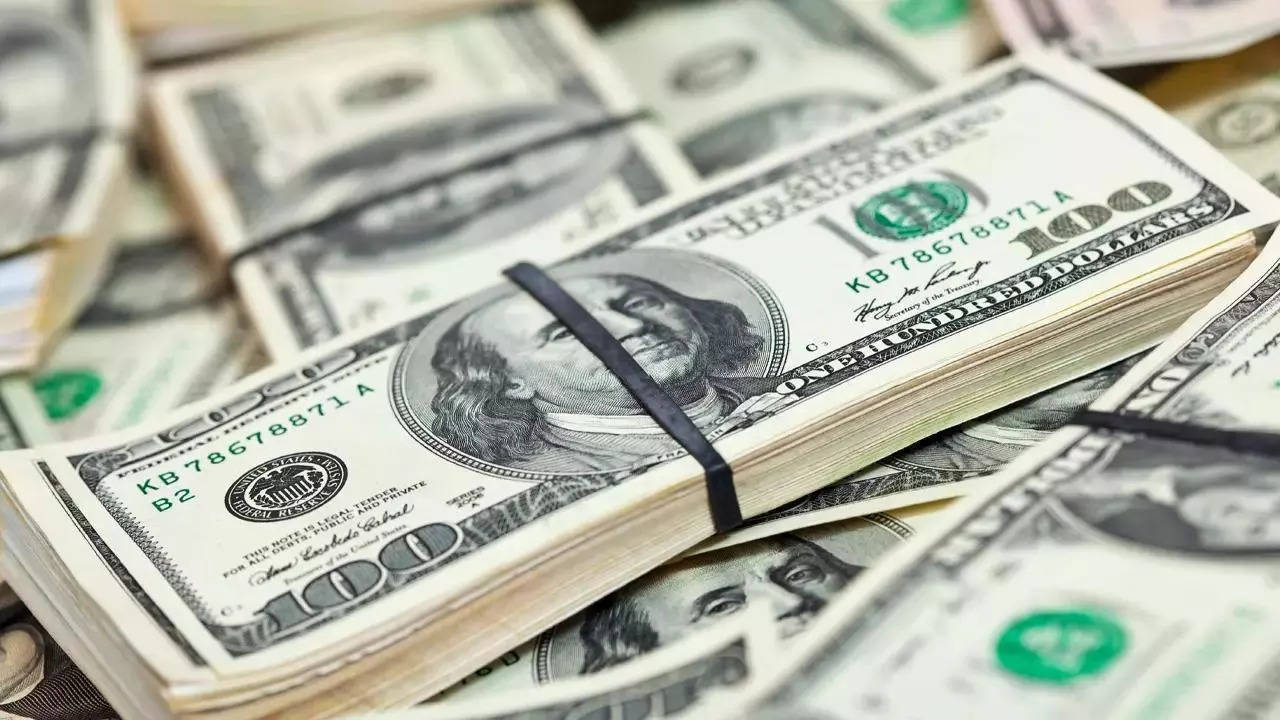[ad_1]
Apart from Japan and the United States, central banks in England, Australia, Norway, Switzerland, Mexico, Brazil and Indonesia are all due to meet, with most expected to stand pat on rates.
The spotlight in Asia is firmly on the BOJ as the bigger-than-expected pay hikes by major Japanese firms cemented expectations that the central bank is set to herald a new era by ending negative interest rate policy, potentially as soon as this week.
Internal preparations for an exit have been in the works since Kazuo Ueda took office as BOJ governor in April last year, and were mostly done by year-end, sources familiar with the bank’s thinking told Reuters.
On Monday, the Japanese yen weakened 0.13% to 149.22 per dollar to its lowest in more than a week, but it is still up 0.5% in March against the greenback.
Tom Kenny, senior international economist at ANZ, said an end to negative interest rate policy is likely to reflect a 10-basis-point hike taking the current policy rate from -0.1% to 0.0%. “We expect this to be a dovish hike with the BOJ unlikely to signal its intention to hike again soon.” There is a possibility that the BOJ may choose to wait till its April meeting to make the move, with markets pricing in 39% chance of the central bank moving on Tuesday. Beyond Japan, Australia’s central bank is also due to meet on Tuesday and is widely expected to hold rates steady, with economists polled by Reuters expecting at least two rate cuts in the final quarter of 2024.
The Australian dollar was little changed at $0.6560, hovering close to more than a week low. The Aussie is up around 1% so far in March. The New Zealand dollar was a tad higher at $0.60855.
The euro was down 0.04% to $1.0883, while the sterling was last trading at $1.2729, down 0.08% on the day ahead of the Bank of England meeting on Thursday when the central bank is expected to stand pat on rates.
The dollar index, which measures the U.S. currency against six rivals including the euro and yen, was at 103.48, having risen to 103.50, its highest since March 6 ahead of the Fed’s meeting this week.
While the U.S. central bank is not expected to make any interest rate moves, hotter-than-expected U.S. producer and consumer price data last week has led traders to rein in bets on future cuts.
Traders are now pricing in 72 basis points of cuts this year, with 56% chance of the first rate cut coming in June, according to CME FedWatch tool.
The focus has shifted to whether the policymakers will make any changes to their projections of rate cuts, or dot plots for this year. The Fed in December projected 75 basis points, or three rate cuts, of easing in 2024.
NatWest strategists said last week’s inflation report is likely to keep the Fed in “wait-and-watch” mode, with the “dot plot” widely expected to be updated.
“We assume Chair Powell and the committee’s ‘base case’ is the same as the December dot plot with three 25bp moves this year. However, the bar isn’t very high for officials to signal keeping rates on hold a bit longer by showing just two 25bp cuts this year.”
Elsewhere, in cryptocurrencies, bitcoin was last down 1.3% at $66,983, having hit a record high of $73,803 last week. Ether was 1.75% lower at $3,565.80.
[ad_2]
Source link
